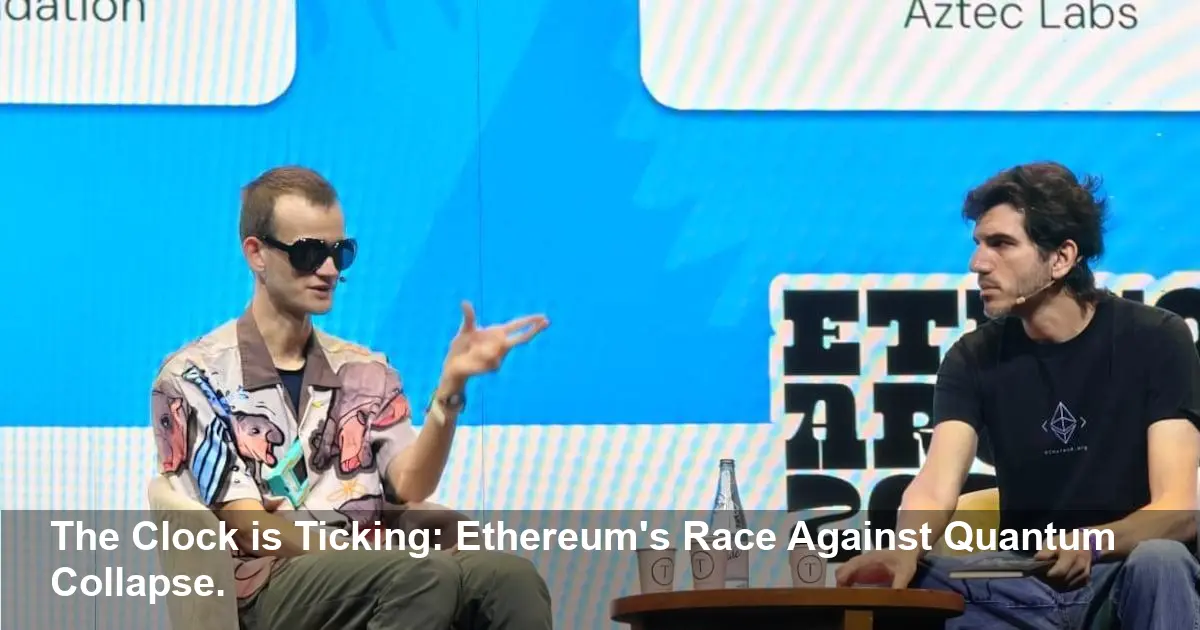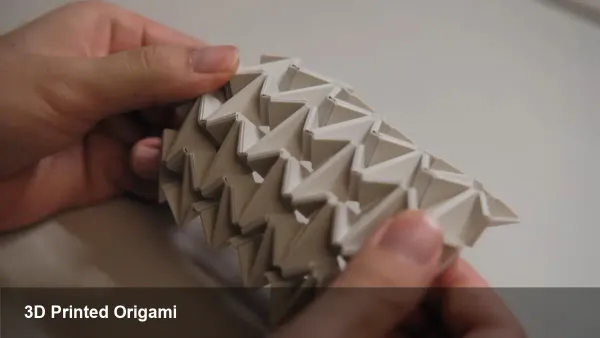Buterin’s Dire Warning: Ethereum Must Freeze or Die

- Ethereum co-founder Vitalik Buterin advocates for the blockchain's base layer to "ossify," or stop changing, to enhance stability.
- Buterin believes future innovation should be focused on Layer 2 solutions and the surrounding ecosystem, not the core protocol.
- He issued a stark warning that quantum computing could break Ethereum's core cryptography before the 2028 U.S. presidential election.
- This strategic shift marks a move from a culture of experimentation to one of mature stability for the world's second-largest blockchain.
The End of an Era: Ethereum's Call for Stability
In a move that surprised many in the crypto community, Ethereum co-founder Vitalik Buterin has called for the blockchain’s core protocol to essentially stop changing. Speaking to a packed auditorium at the Devconnect conference in Buenos Aires, Buterin declared that Ethereum should embrace “ossification,” a process of solidifying its foundation to prevent future changes that could introduce catastrophic bugs.
“More and more ossification over time is good for Ethereum,” Buterin stated, emphasizing a significant pivot from the network’s long-held ethos of flexibility and rapid evolution. For a protocol securing hundreds of billions of dollars in value, Buterin argues that predictability is no longer just a feature—it's a necessity.
Innovation Isn't Dead, It's Just Moving
Buterin clarified that this freeze doesn't mean the end of innovation. Instead, he wants to see development energy redirected away from the base layer (Layer 1) and onto the burgeoning ecosystem of Layer 2s, wallets, and user-facing applications. With Layer 2 rollups already handling the majority of Ethereum’s transaction volume, this move formalizes a trend that has been developing for years.
“It’s healthy to move attention out of L1 and into the surrounding ecosystem,” Buterin explained. This strategy allows the base layer to focus exclusively on settlement and security, becoming a stable foundation upon which others can build without fear of underlying protocol shifts.
The Price of Maturity
This newfound focus on stability comes with trade-offs. Buterin acknowledged that the “spirit of exploration” from Ethereum’s early days has faded. The ecosystem, he worries, is shifting towards a less imaginative model where developers often just copy what already works.
“There is too much of the space that has gone in the direction of ‘if you want to succeed, be a fast follower and copy what’s already working,’” he lamented. “It harms the imagination of the space.”
A Looming Quantum Threat
Perhaps the most alarming part of Buterin’s speech was a dire warning about the future of blockchain security itself. He pointed to the growing threat of quantum computing, which could render current cryptographic standards obsolete.
“Elliptic curves are going to die,” he stated bluntly, referencing the foundational technology that secures both Ethereum and Bitcoin. He highlighted a chilling prediction: quantum computers could gain the ability to break Ethereum’s security model before the next U.S. presidential election in 2028.
This gives the entire ecosystem a tight four-year window to migrate to quantum-resistant cryptography. It’s an existential challenge that will require immense coordination, and according to Buterin's vision, these critical changes will need to happen at the application layer—not within Ethereum's increasingly unchangeable core.




